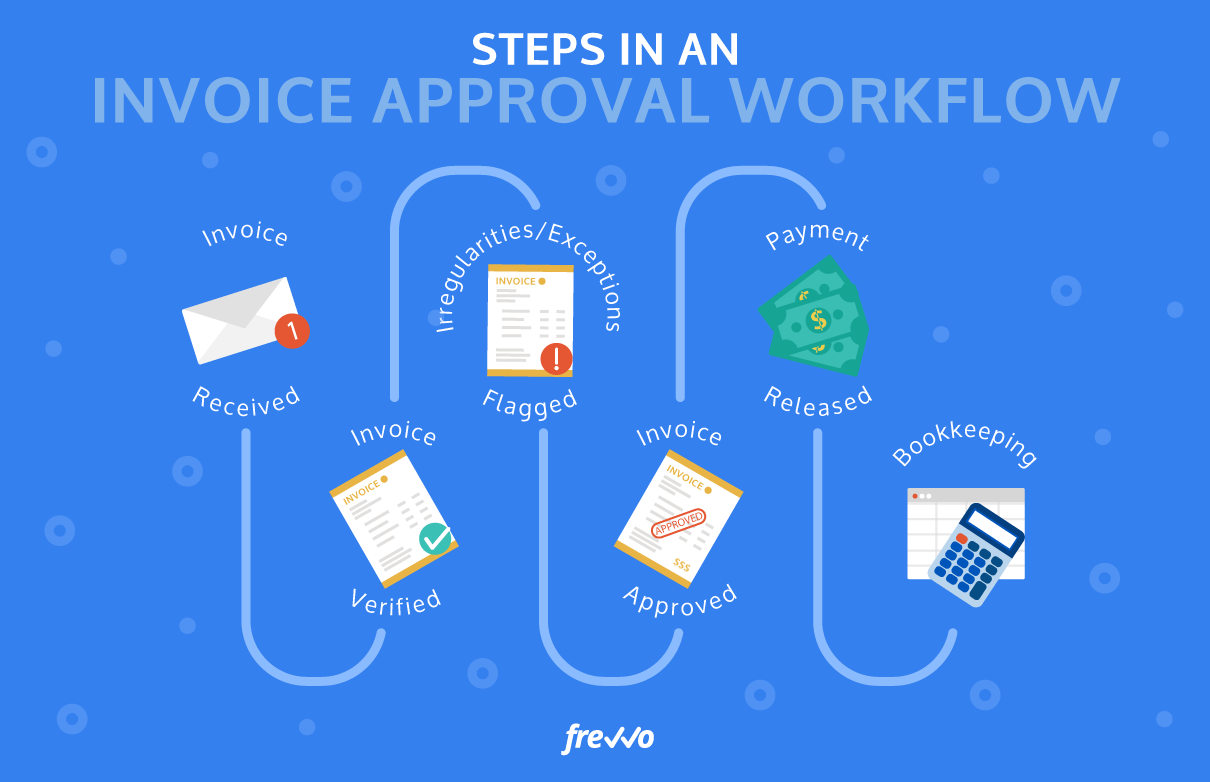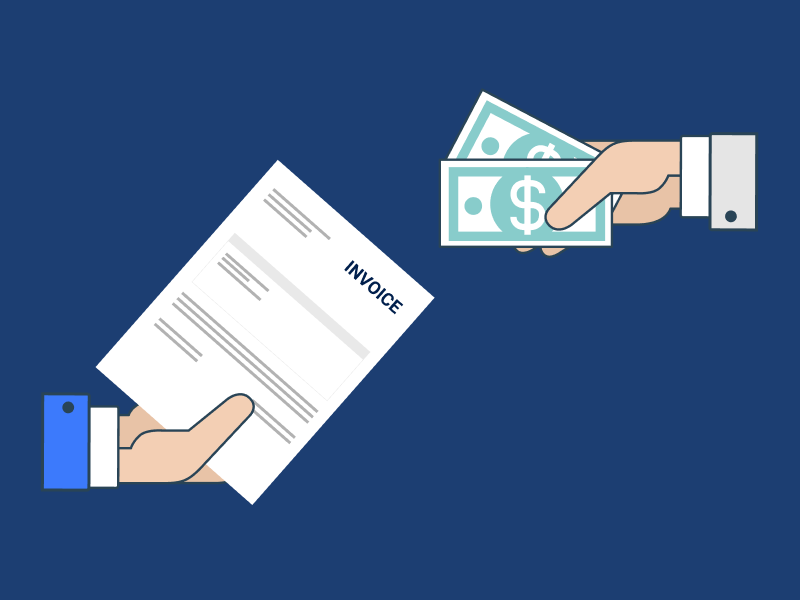
- #Invoice vs receipt vs bill vs purchase order how to#
- #Invoice vs receipt vs bill vs purchase order full#
When a vendor accepts a PO from a customer, they then create a sales order to use internally. Meanwhile, POs are sent by the customer to the vendor. When customers order goods, sales orders document the order and share that information with all the departments involved in fulfilling the order. Sales orders are internal documents used by a vendor to fulfill a customer’s order. Check out our guide on the best small business accounting software.Ī PO is created by the customer to start the purchase process, whereas an invoice is a document sent by a vendor requesting payment from a customer when the sale is complete. You may ask the vendor to send the approved PO or wait until the goods are delivered.Īutomate the purchase order process with the right accounting software. If the vendor can accommodate the order, it’ll notify you that it approved the purchase order. Step 4: Wait for Vendor Confirmation & Approval Note that its sales rep might even get in touch with you at this point to offer promos and discounts.

The purchasing department personnel will send a copy of the purchase order to the vendor. Step 3: Send a Copy of the Approved PO to the Vendor The items in the PO should match the items requested. The purchase department reviews the purchase requisition form, and if approved, prepares the purchase order. It must create a purchase requisition form and forward it to the purchasing department. For example, the accounting department needs to replenish its stock of continuous form papers. The requesting employee or department should complete a purchase requisition form stating the quantity and items to be purchased. Your business should implement the following workflow to use purchase orders effectively to help manage your purchases. The signature means that the vendor has accepted the order, making the PO a legally binding contract.
#Invoice vs receipt vs bill vs purchase order how to#

If you store your inventory elsewhere, you should enter the warehouse address, not the business’ main office address. Recipient’s Details: Insert your company’s name and main office address.Vendor Details: Insert the vendor’s name and address.Sometimes, people mistake POs as sales orders. Document Title: Display the words “Purchase Order” prominently in the document to prevent confusion.You may add a logo to personalize the PO and make it stand out from other POs. Company Details: Indicate your company’s name, address, and contact information.
#Invoice vs receipt vs bill vs purchase order full#
Read our QuickBooks Online review to learn more about the solution’s pricing and full functions. A side window that lets you modify inventory details will appear. Type the inventory item in the search bar, select it, and then click Edit (located on the far left).

In QuickBooks Online, you can check inventory on POs by going to the Product and Services window, clicking on Sales, and then choosing Products and Services. Tracks available inventory: POs will show in your inventory records as “goods on order” so that you know goods are on the way and avoid unnecessary reordering.The receiving department personnel compares the quantity and description of the goods on the PO to what’s received.

Organizes incoming orders: In a multidepartment business setup, the receiving department is responsible for receiving, examining, and confirming the receipt of goods ordered.Prevents duplicate purchase transactions: By entering POs in your bookkeeping system as soon as they’re made, your bookkeeper can catch any duplicate POs that have been created.


 0 kommentar(er)
0 kommentar(er)
